Oregon’s Cascade Range stretches like a volcanic spine down the state, offering some of the most spectacular primitive camping experiences in the Pacific Northwest. These towering peaks, pristine lakes, and ancient forests create a playground for adventurers who prefer their camping without flush toilets and electrical hookups. The beauty of primitive camping here lies in the raw connection to nature—where your biggest worry might be whether that rustling sound is a curious deer or something requiring you to hang your food properly.
The Cascades aren’t just mountains; they’re a geological masterpiece shaped by millions of years of volcanic activity, glacial carving, and natural forces that continue today. From the iconic peak of Mount Hood to the mysterious depths of Crater Lake, these mountains offer camping experiences that range from easily accessible to seriously challenging.
Here is a list of 15 primitive camping adventures that showcase the incredible diversity and natural beauty of Oregon’s Cascade Range.
Mount Hood National Forest Dispersed Camping
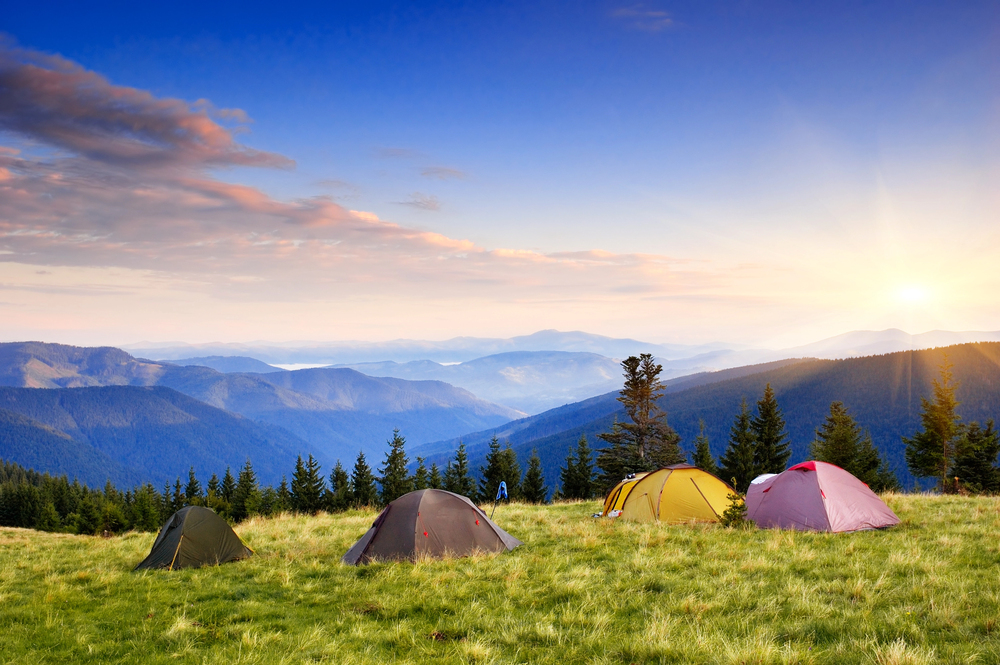
Mount Hood National Forest covers over a million acres and allows dispersed camping throughout much of its territory, giving you endless options for finding your perfect primitive spot. The key is following the ‘200-foot rule’—staying at least 200 feet from water sources and established trails to minimize your impact. Popular areas include the roads around Timothy Lake and the Clackamas River corridor, where you can find established fire rings and relatively flat ground. Just remember that dispersed camping here operates on a 14-day limit, and you’ll need to be completely self-sufficient with water, waste disposal, and everything else that makes camping comfortable.
Three Sisters Wilderness
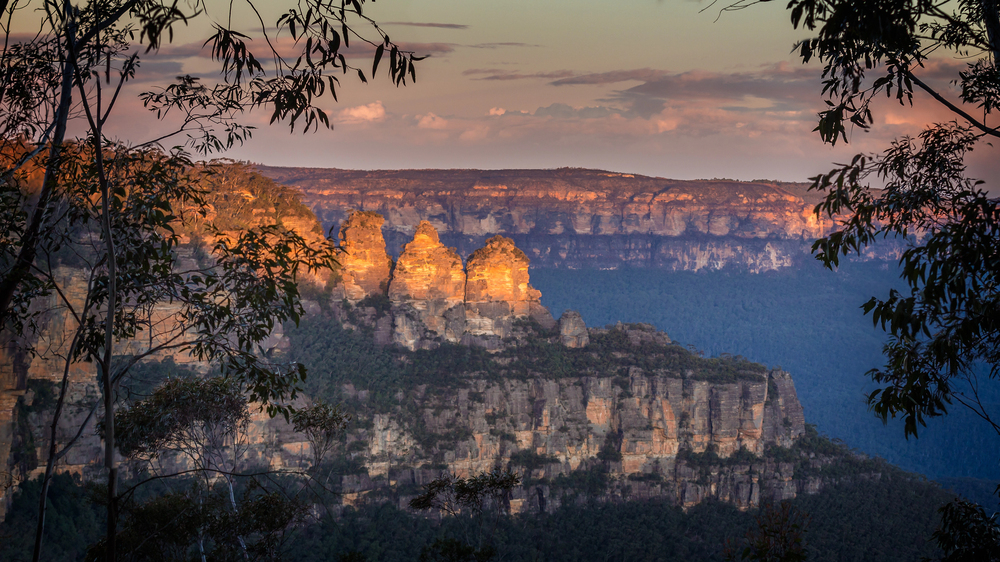
The Three Sisters Wilderness demands a bit more planning since it requires permits for overnight stays, but the payoff is camping among some of Oregon’s most dramatic alpine scenery. These three volcanic peaks—Faith, Hope, and Charity—tower over pristine lakes and meadows that look like they were designed by someone with a serious artistic streak. Obsidian Falls makes for a particularly stunning basecamp, though the black volcanic glass that gives it its name can be rough on tent floors and hiking boots. The wilderness covers over 280,000 acres, so there’s plenty of room to find solitude even during busy summer months.
Crater Lake Rim Drive Primitive Sites
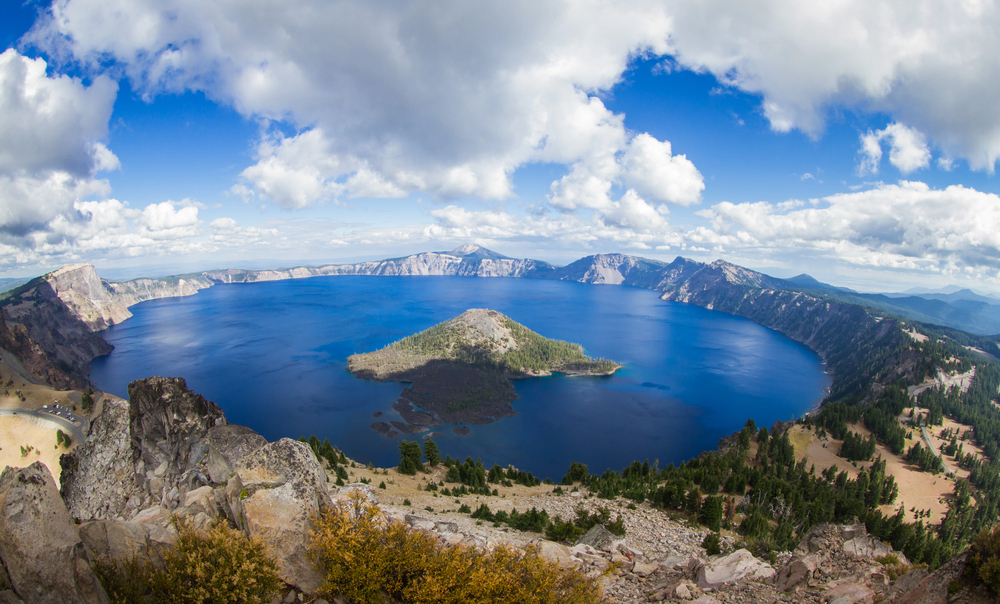
While Crater Lake National Park is famous for its developed campgrounds, the real adventure lies in the backcountry camping opportunities around the rim and in the surrounding areas. The park allows primitive camping with permits, and sites like the ones near Lightning Springs offer incredible views without the crowds of the main visitor areas. You’ll be camping at elevation here—over 6,000 feet—so expect cool nights even in summer and always be prepared for sudden weather changes. The deep blue of Crater Lake itself, formed by the collapse of ancient Mount Mazama, creates a backdrop that makes even instant coffee taste better.
Willamette National Forest Remote Areas
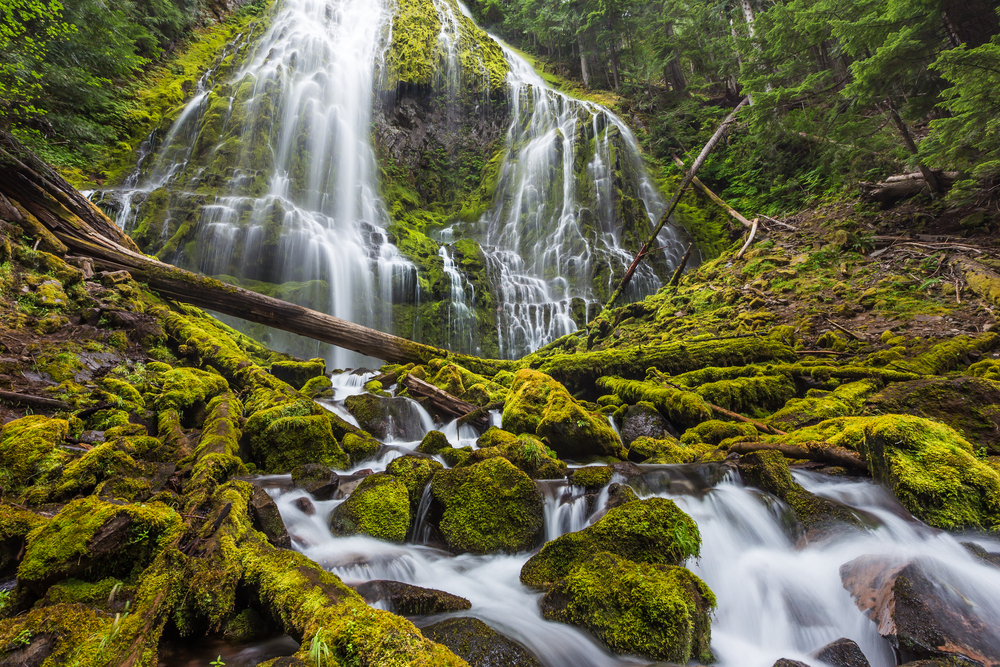
The Willamette National Forest encompasses a huge chunk of the central Cascades and offers primitive camping opportunities that range from roadside dispersed sites to deep backcountry adventures. Areas around Detroit Lake and the McKenzie River provide easier access, while places like the French Pete Creek drainage offer more solitude for those willing to hike a bit. The forest’s old-growth areas create cathedral-like camping experiences where thousand-year-old Douglas firs tower overhead like natural skyscrapers. Many of these areas allow campfires outside of fire season, but always check current restrictions since they change based on conditions.
Mount Jefferson Wilderness
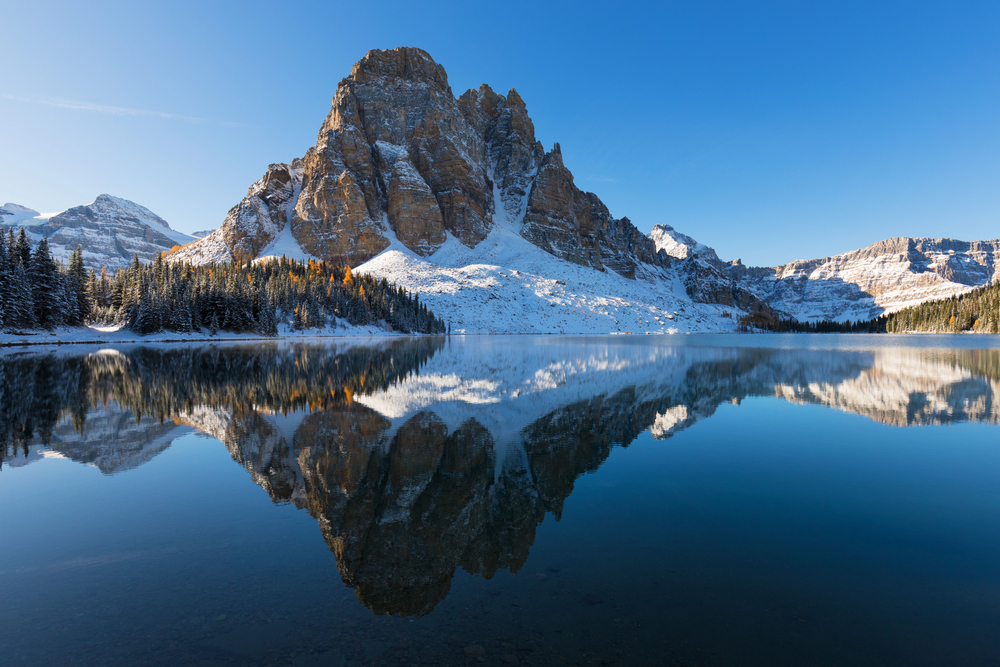
Mount Jefferson Wilderness offers some of the most challenging and rewarding primitive camping in the Cascades, with its centerpiece being the sharp-peaked Mount Jefferson itself—Oregon’s second-highest mountain. The wilderness requires permits and has quotas, so planning ahead is essential, especially for popular areas like Jefferson Park with its incredible wildflower displays. Camping here means dealing with elevation, weather changes, and potentially difficult water access, but the trade-off is some of the most spectacular alpine scenery in the state. The area’s volcanic origins are evident everywhere, from the pumice fields to the dramatic cliff faces that make Mount Jefferson look like nature’s version of a Gothic cathedral.
Diamond Peak Wilderness
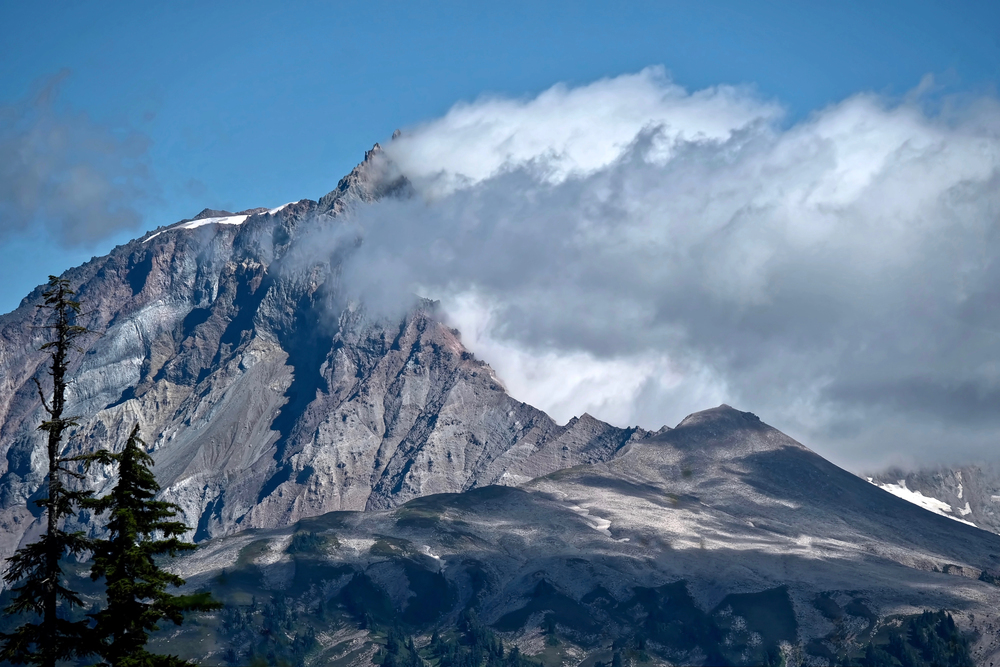
Diamond Peak Wilderness sits in the southern Cascades and offers a more intimate primitive camping experience than some of the larger wilderness areas. The area centers around Diamond Peak itself, a volcanic cone that provides dramatic views and relatively accessible climbing routes for those interested in peak-bagging. Camping around places like Corrigan Lake or along the Pacific Crest Trail gives you that high-country experience without the crowds you might find further north. The wilderness is known for its clear mountain lakes and extensive meadow systems that burst with wildflowers in late spring and early summer.
Mount Washington Wilderness
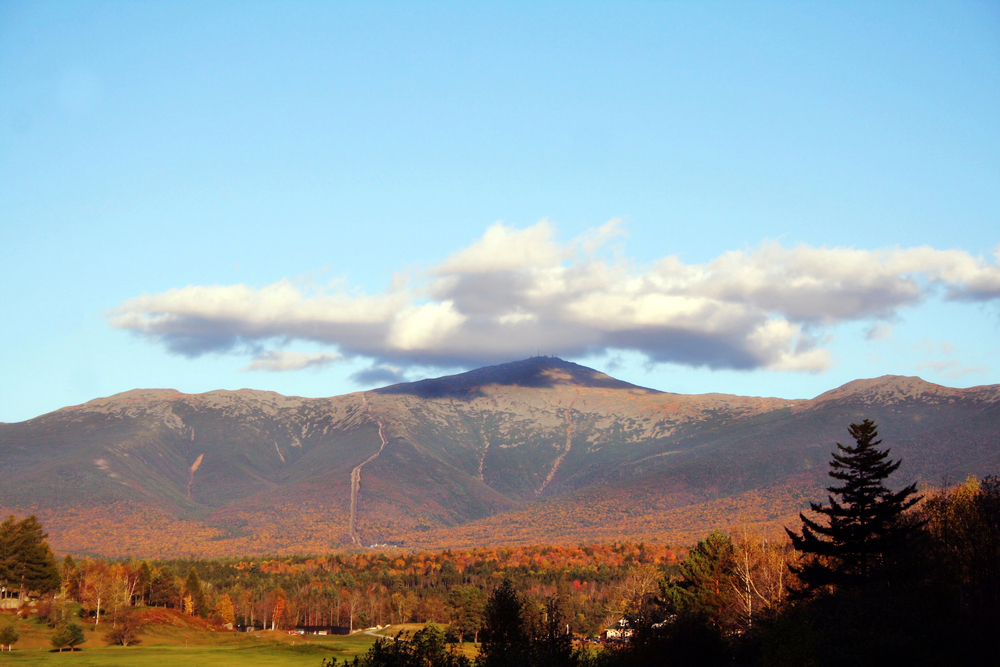
Mount Washington Wilderness might be one of Oregon’s smaller wilderness areas, but it packs serious primitive camping potential into its compact boundaries. The area’s lava flows and volcanic landscapes create an almost otherworldly camping environment, especially around places like Hand Lake and the Pacific Crest Trail corridor. Mount Washington itself looks like a volcanic monument rising from the lava fields, and camping in its shadow gives you front-row seats to spectacular sunrises and sunsets. The wilderness requires permits for overnight stays, and water can be scarce in some areas, so proper planning is crucial for successful primitive camping here.
Cascade Lakes Highway Dispersed Areas

The Cascade Lakes Highway offers multiple opportunities for primitive camping along its scenic route through the central Cascades. Areas around Elk Lake, Lava Lake, and Cultus Lake provide dispersed camping options that combine mountain lake beauty with relatively easy access. These spots fill up quickly during summer weekends, so arriving early or visiting during weekdays gives you better chances of snagging prime locations. The highway’s elevation means cooler temperatures year-round, and many areas become inaccessible during winter months when snow closes the upper portions of the road.
Metolius River Headwaters

The Metolius River springs fully formed from the ground near the base of Black Butte, creating one of Oregon’s remarkable camping environments. Primitive camping along the upper Metolius puts you next to crystal-clear spring water that maintains a constant temperature year-round—perfect for cooling beverages but probably too cold for comfortable swimming. The area’s ponderosa pine forests create a different feel from the dense coastal forests found elsewhere in the Cascades, with more open understory and park-like camping conditions. Fishing enthusiasts particularly love this area since the Metolius is famous for its native redband trout and strict fly-fishing regulations that keep it pristine.
Ollalie Lake Scenic Area
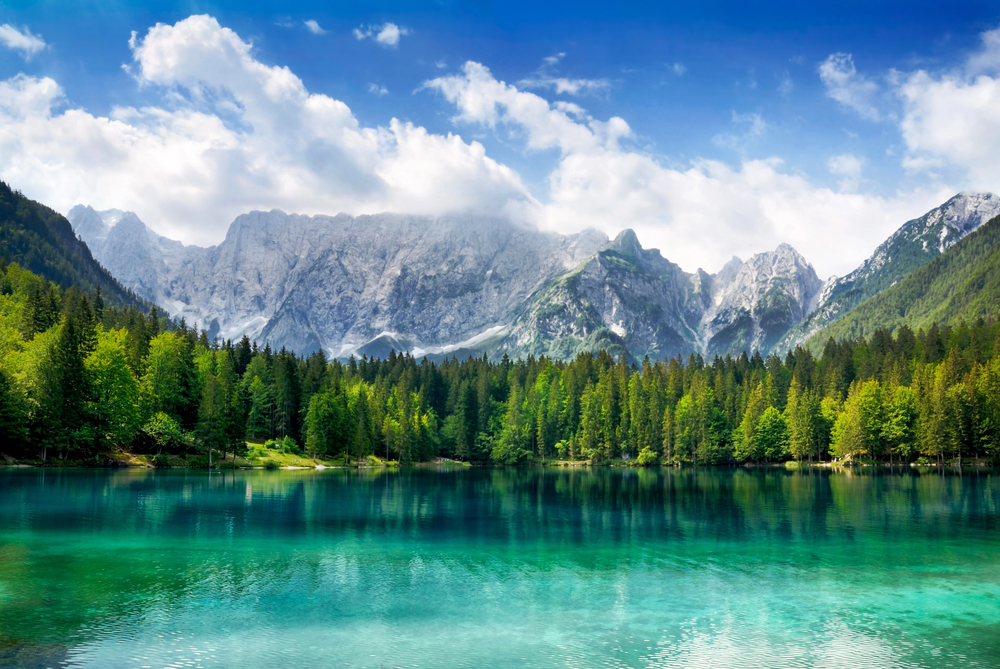
Ollalie Lake Scenic Area encompasses over 200 lakes and ponds scattered across a high plateau in the northern Cascades, creating primitive camping opportunities that feel more like the Canadian wilderness than typical Oregon landscapes. The area’s elevation—around 5,000 feet—means a shorter camping season but also means fewer crowds and incredible wildflower displays during the brief summer growing season. Many of the lakes offer excellent fishing for brook trout, and the network of trails connecting different bodies of water makes this area perfect for multi-day primitive camping adventures. Access can be challenging since the roads aren’t always maintained to passenger car standards, but that’s part of what keeps the area relatively undiscovered.
Waldo Lake Wilderness
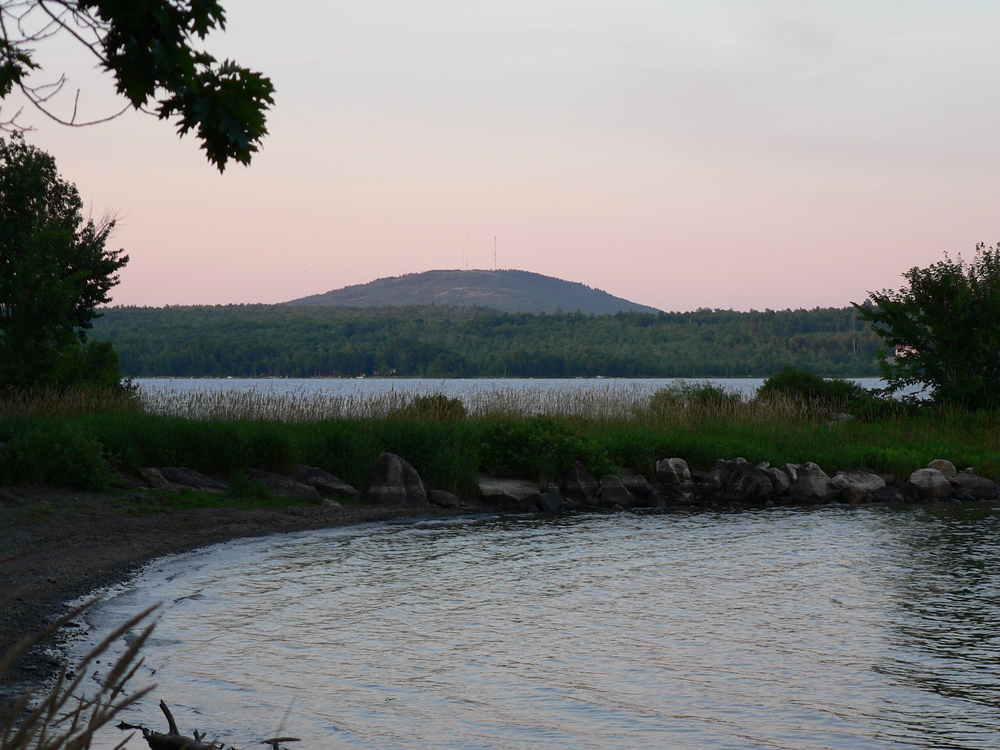
Waldo Lake Wilderness protects one of the purest large lakes in the world, and primitive camping around its shores offers an almost surreal experience of clarity and silence. The lake’s water is so pure that you can see down 100 feet or more, and primitive camping along its shores puts you in direct contact with this natural wonder. The area allows dispersed camping in designated zones, and the lack of motorized boats on most of the lake creates a peaceful environment that’s perfect for canoe camping adventures. Mosquitoes can be intense during certain parts of the summer, so timing your visit and bringing appropriate protection is essential for comfortable camping.
Sky Lakes Wilderness
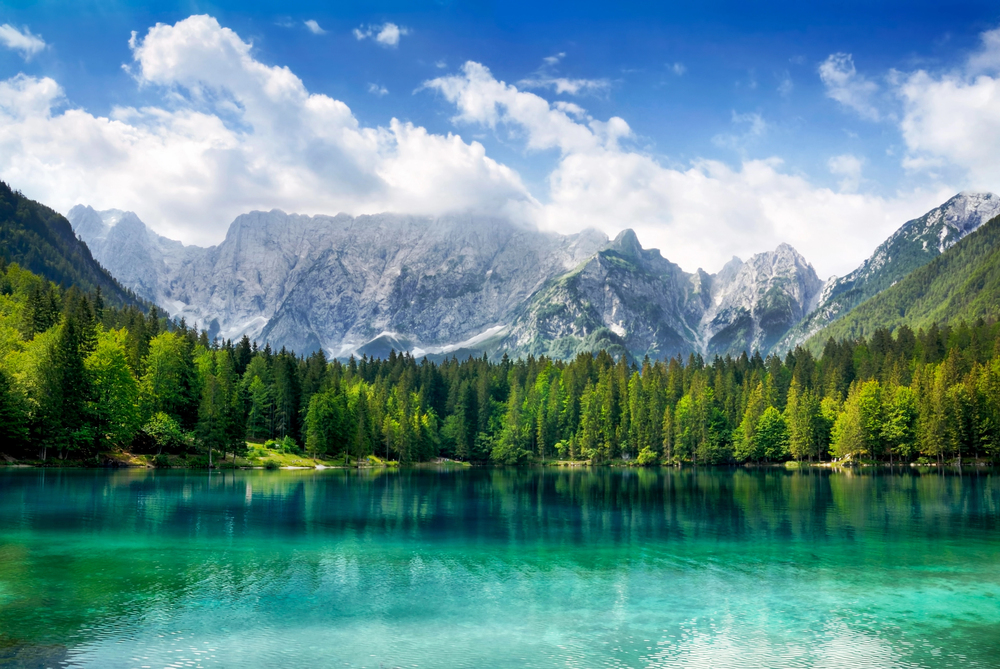
Sky Lakes Wilderness in the southern Cascades offers primitive camping among dozens of mountain lakes scattered across a high plateau that straddles the Oregon-California border. The wilderness gets its name honestly—there really are lakes everywhere you look, from tiny tarns to substantial bodies of water that provide excellent fishing and swimming opportunities. Camping here often means elevation above 6,000 feet, so even summer nights can be quite cool, and sudden weather changes are always possible. The Pacific Crest Trail runs through the heart of the wilderness, providing access to many of the best primitive camping areas and connecting this region to the broader network of West Coast wilderness areas.
Eagle Cap Wilderness Eastern Approaches
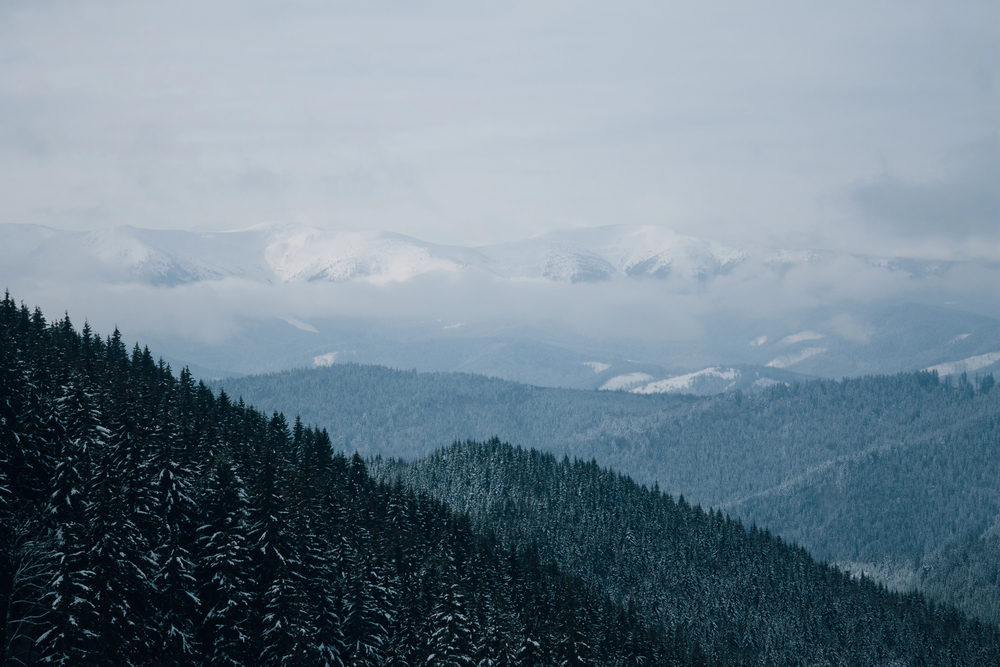
While most of Eagle Cap Wilderness lies in the Blue Mountains, its western edges extend into the Cascade Range and offer unique primitive camping opportunities that combine elements of both mountain ranges. These transitional zones create diverse ecosystems and camping environments that change dramatically with elevation and aspect. Areas like the Lostine River drainage provide access to high alpine lakes and peaks while maintaining some of the accessibility that makes car camping possible as a base for backpacking adventures. The wilderness requires permits for overnight stays and has specific regulations about campfire use and food storage that vary by area and season.
Mount Bachelor Area Dispersed Camping
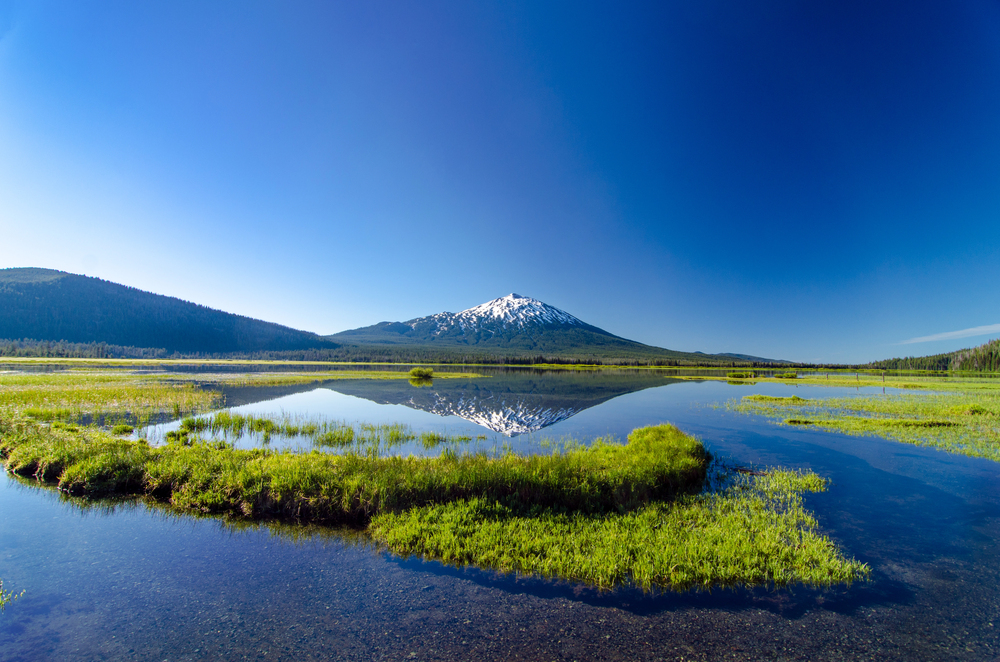
The area around Mount Bachelor offers dispersed camping opportunities that combine volcanic landscapes with convenient access to outdoor recreation opportunities. Primitive camping in the Deschutes National Forest near Bachelor puts you within reach of both summer and winter recreation, though most primitive camping happens during the snow-free months. The area’s pumice soils and volcanic origins create unique camping conditions where standard tent stakes might not work well, and the high desert environment means significant temperature swings between day and night. Water sources can be scarce, so bringing adequate supplies is essential for comfortable primitive camping in this area.
High Cascades Lakes Basin
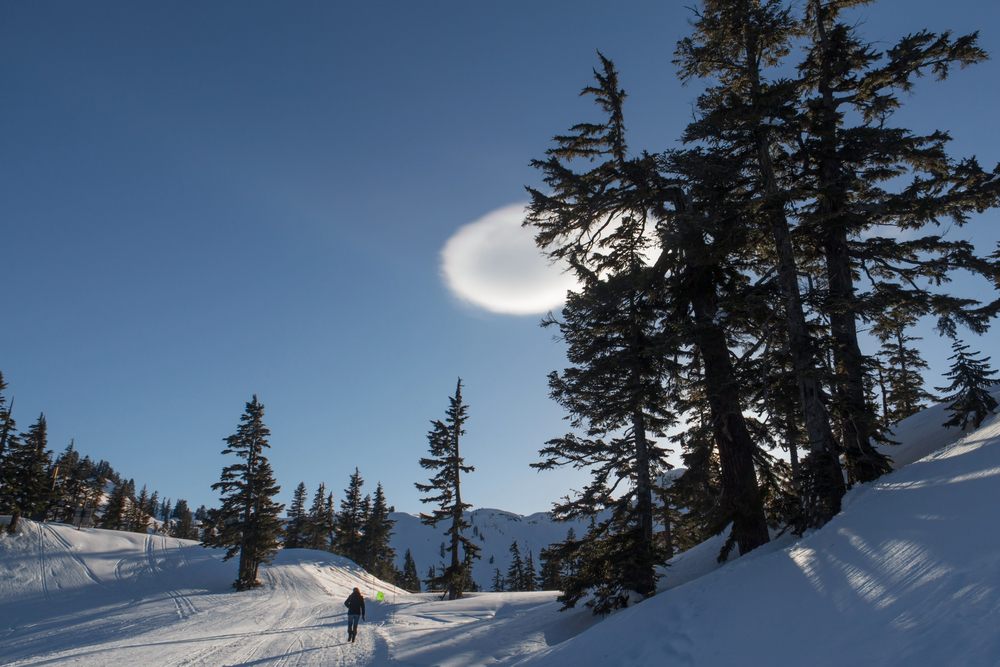
The High Cascades Lakes Basin encompasses a vast area of volcanic lakes, lava flows, and alpine meadows that provide some of the most diverse primitive camping opportunities in Oregon. Areas like the Mink Lake Basin and Goose Lake offer backcountry camping among dozens of small lakes and ponds, each with its own character and fishing opportunities. The basin’s high elevation and volcanic soils create unique growing conditions that support specialized plant communities and wildlife populations found nowhere else in the region. Camping here requires permits and careful attention to Leave No Trace principles, since the area’s popularity has led to increased regulations designed to protect its fragile ecosystems.
Volcanic Legacy Lives On
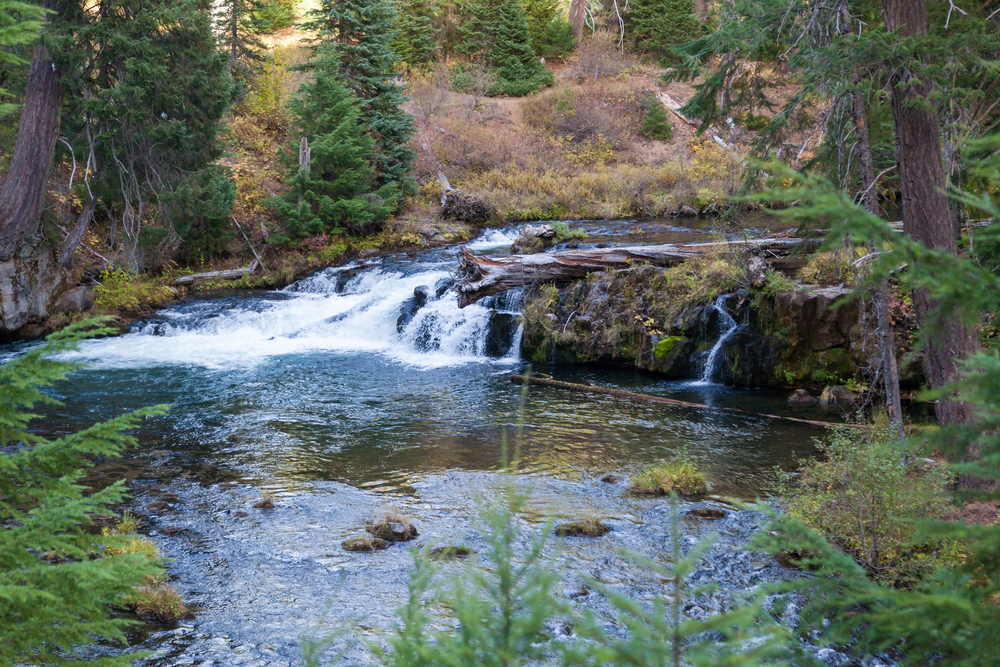
Oregon’s Cascade Range continues to shape itself through ongoing volcanic and geological processes, making every primitive camping adventure here a chance to witness geology in action. These mountains have been creating camping opportunities for thousands of years, from Native American seasonal camps to modern wilderness enthusiasts seeking connection with the natural world. The same forces that built these peaks—volcanic eruptions, glacial carving, and tectonic movement—continue today, ensuring that future generations will inherit landscapes that are both familiar and constantly changing. Whether you’re watching sunrise from a high alpine lake or falling asleep to the sound of an ancient forest in the wind, primitive camping in the Cascades connects you to both the immediate beauty of the moment and the vast timescales over which these landscapes have evolved.
More from Travel Pug

- 20 Best Beach Towns in the Carolinas
- 13 Destinations Where Tourists Regularly Regret Their Trip
- 20 Things You Actually Get in First Class
- 20 Small Airports With Aviation Museums
- 20 Places in the U.S. That Are Perfect for a Reset Trip
Like Travel Pug’s content? Follow us on MSN.
